Table of Contents
Introduction to Peppercorns: Types and Uses
Peppercorns are one of the most versatile and widely used spices globally, offering distinct flavors that enhance countless dishes. Understanding the differences between black, white, green, and red peppercorns, along with proper selection and storage techniques, is essential for maximizing flavor in both everyday cooking and professional culinary applications. This guide provides expert-backed insights to help you choose and use peppercorns effectively.
Types of Peppercorns and Their Uses
| Type | Color | Flavor Profile | Best Uses | Origin Examples |
|---|---|---|---|---|
| Black Peppercorns | Black | Sharp, pungent, and robust | Meats, soups, sauces, marinades | Malabar (India), Tellicherry (India), Kampot (Cambodia) |
| White Peppercorns | White | Milder, earthy, and less pungent | Creamy sauces, light dishes, fish, white sauces | Bangkok (Thailand), Sarawak (Malaysia) |
| Green Peppercorns | Green | Fresh, grassy, and slightly fruity | Seafood, vegetables, salads, dressings | Vietnam, Indonesia |
| Red Peppercorns | Red | Sweet, mild, and slightly floral | Rich meats, stews, Southeast Asian cuisine | Madagascar, Brazil |
Peppercorns are processed differently based on harvest timing and method, resulting in unique flavor profiles. Black peppercorns are unripe berries dried to retain maximum pungency, while white peppercorns are fully ripe berries with the outer layer removed for a smoother taste. Green peppercorns are preserved in brine or freeze-dried to maintain freshness, and red peppercorns are fully ripe berries with a delicate sweetness. Origin plays a key role in quality—Malabar black pepper from India is renowned for its complex aroma, and Kampot pepper from Cambodia is celebrated for its fruity notes.
Buying Guide for Peppercorns
Selecting high-quality peppercorns ensures optimal flavor and longevity. Follow these expert recommendations:
Key Features to Look For
- Origin Transparency: Reputable brands specify exact origins (e.g., "Malabar black pepper from Kerala, India") for traceability and quality assurance. The International Spice Association recommends sourcing from regions with strict agricultural standards.
- Whole vs. Ground: Always choose whole peppercorns; pre-ground pepper loses 50% of its aroma within weeks due to oxidation. Whole peppercorns retain freshness for 1-2 years when stored properly.
- Packaging: Look for airtight, opaque containers that block light and moisture. Vacuum-sealed bags or glass jars with tight seals are ideal for preserving volatile oils.
Quality Verification Tips
- Visual Inspection: Peppercorns should be uniform in size, shiny, and free from discoloration or mold. They should feel heavy for their size, indicating high oil content.
- Aroma Test: Crush a few peppercorns; fresh ones emit a strong, clean, spicy scent. Dull or musty smells indicate staleness.
- Harvest Dates: Premium brands include harvest or packaging dates. Avoid products without this information, as it suggests older stock.
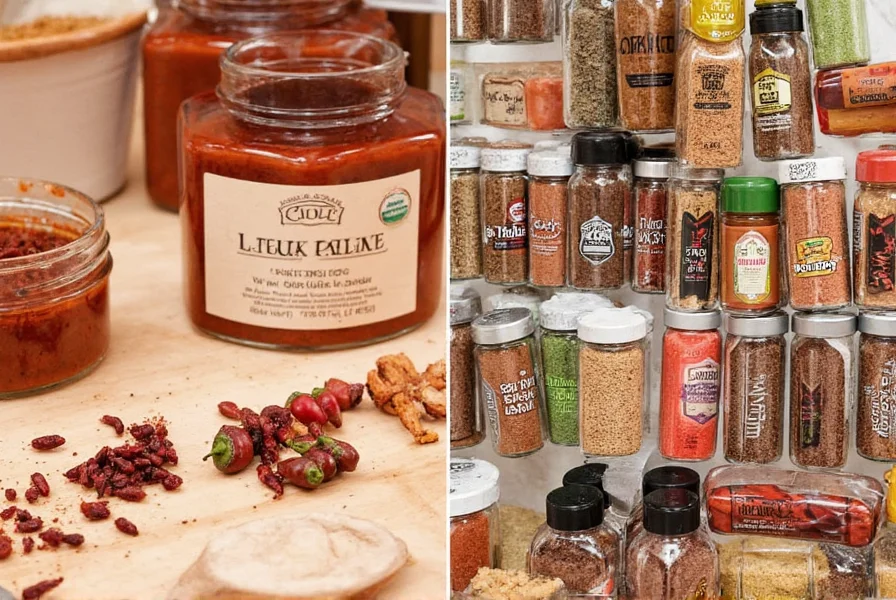
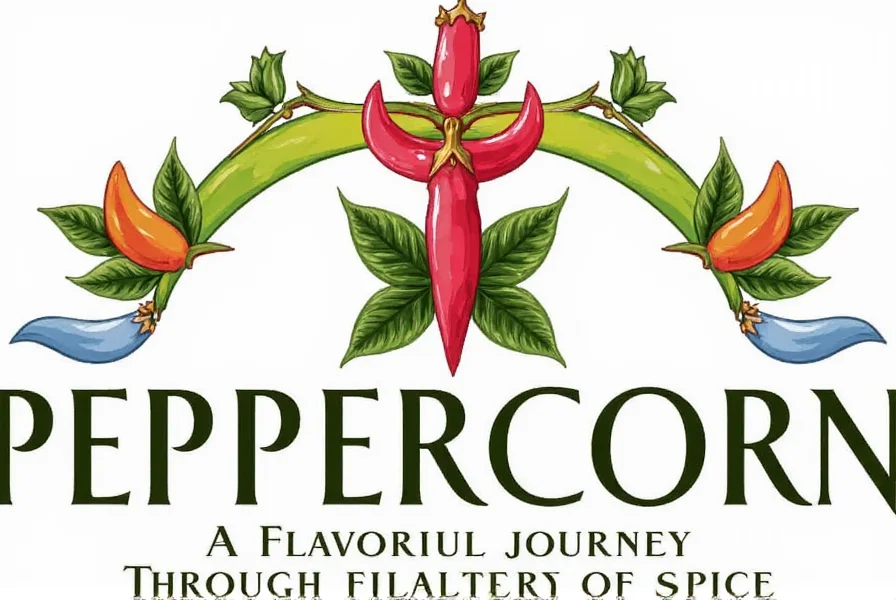
Practical Tips for Using Peppercorns
Maximize flavor with these professional techniques:
- Grind Fresh: Use a burr grinder for consistent texture. Grind just before use to preserve volatile compounds—pre-ground pepper loses potency rapidly.
- Storage Best Practices: Store in a cool, dark place in airtight containers. Avoid refrigeration, as moisture causes clumping. For long-term storage, freeze whole peppercorns in sealed bags.
- Pairing Guide:
- Black: Perfect for red meats, roasted vegetables, and classic sauces like béarnaise.
- White: Ideal for creamy dishes like mashed potatoes or Alfredo sauce where black specks are undesirable.
- Green: Enhances seafood dishes, such as shrimp scampi or ceviche, and pairs well with citrus-based dressings.
- Red: Complements rich meats like lamb or venison, and works in slow-cooked stews or berry-based sauces.
- Infusion Techniques: Infuse oils or vinegars by heating peppercorns gently (do not boil) to extract flavors. For cocktails, muddle green peppercorns with sugar for a spicy twist.
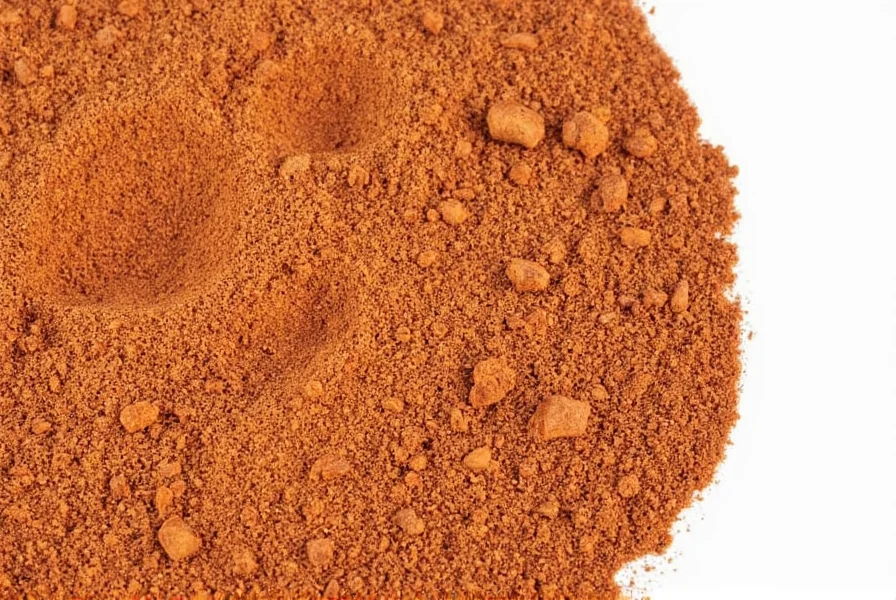
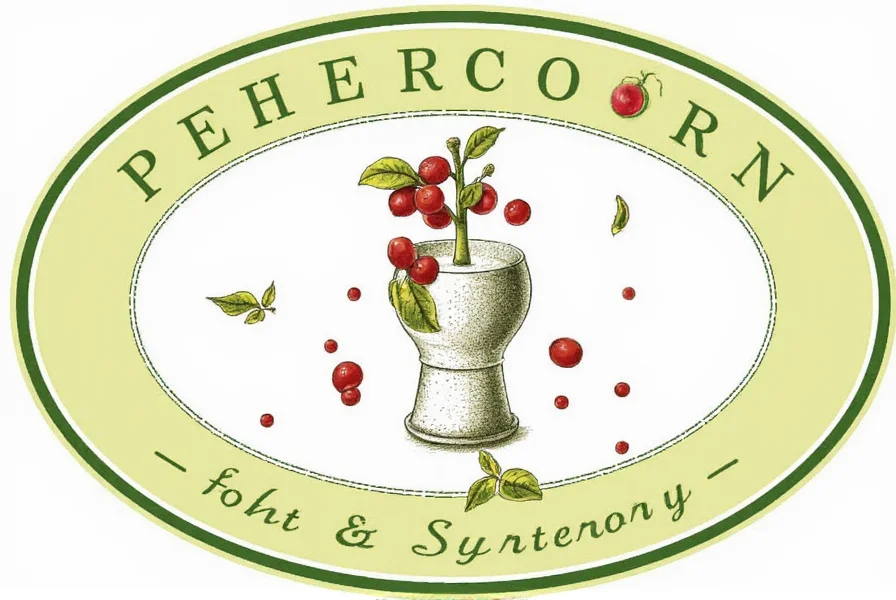

Frequently Asked Questions About Peppercorns
What are the key differences between black, white, green, and red peppercorns?
Black peppercorns are unripe berries dried to retain sharpness, white peppercorns are fully ripe berries with the outer layer removed for milder earthiness, green peppercorns are unripe berries preserved in brine for freshness, and red peppercorns are fully ripe berries with a sweet, floral profile. Origin and processing method drive these distinctions—Malabar black pepper has complex notes, while Kampot pepper offers fruity undertones.
How can I verify peppercorn freshness before purchasing?
Check for uniform size, shiny appearance, and heaviness (indicating high oil content). Crush a sample: fresh peppercorns emit a strong, clean spicy aroma. Avoid dull, musty, or discolored peppercorns. Always look for harvest dates and transparent origin information on packaging. The International Spice Association confirms that peppercorns lose 50% of their aroma within weeks if pre-ground or improperly stored.
What is the best way to store peppercorns for long-term freshness?
Store whole peppercorns in airtight, opaque containers away from light, heat, and moisture. Glass jars with silicone seals or vacuum-sealed bags are ideal. Keep them in a cool, dark pantry—never refrigerate, as condensation causes clumping. For extended storage (over 6 months), freeze in sealed bags. Properly stored, whole peppercorns maintain peak flavor for 1-2 years.
When should I use different peppercorn types in cooking?
Black peppercorns are versatile for most savory dishes like steaks, soups, and sauces. White peppercorns are best in light-colored dishes (e.g., mashed potatoes, cream sauces) where visual specks are undesirable. Green peppercorns shine in seafood, salads, and citrus-based recipes. Red peppercorns add subtle sweetness to rich meats, stews, and berry sauces. Always grind fresh for maximum impact.
Why is origin important for peppercorn quality?
Origin affects flavor, aroma, and safety standards. Regions like Kerala (India) for Malabar black pepper or Kampot (Cambodia) are known for strict cultivation practices and terroir-driven profiles. The International Spice Association states that origin transparency ensures traceability and quality control, reducing risks of adulteration. Always choose brands that specify exact growing regions.
Conclusion
Peppercorns are a culinary cornerstone with diverse flavors that can transform any dish. By understanding the differences between black, white, green, and red varieties, selecting based on origin and freshness, and using proper storage and grinding techniques, you can unlock their full potential. Whether you're a professional chef or home cook, prioritizing quality peppercorns ensures consistent, vibrant results in every recipe.

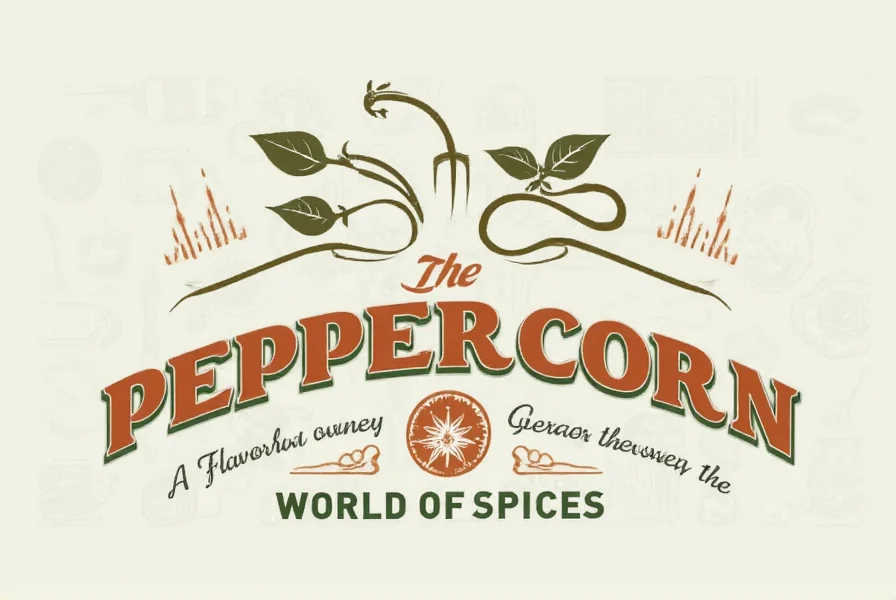









 浙公网安备
33010002000092号
浙公网安备
33010002000092号 浙B2-20120091-4
浙B2-20120091-4